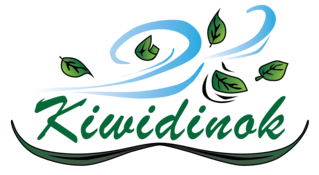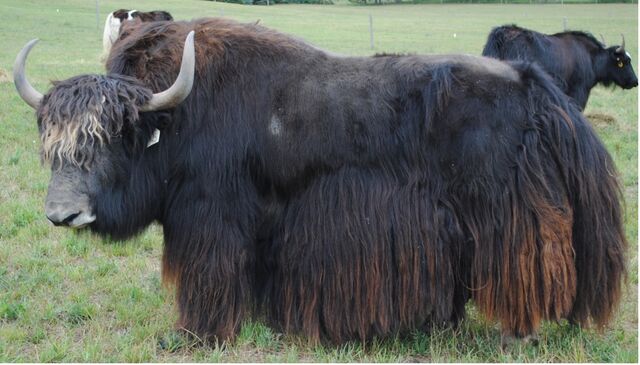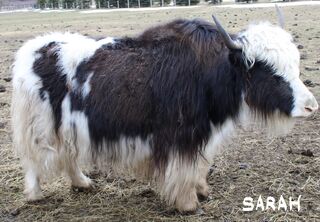What is a Yak?
Yak look like compact hairy cattle with horse like tails. They are not cattle.
Yak (bos grunniens), also known as the grunting ox, is closely related to the Asian / African Water buffalos and the North American buffalo. Yak are a long haired, double coated herbivore with two equal hooves (toes) on each foot, giving them excellent footing on rocky, mountainous terrain.
Yak are indigenous to the Tibetan Plateau, a million square miles of elevated sparse terrain between Tibet in the south and Mongolia in the north. This Plateau is predominantly 8,000 feet above sea level and even as high as 25,000 ft ASL. This land area is populated by tribespeople that have domesticated Yak for their milk, meat, hides, strength for packing and their dung for fuel.
They have evolved through millenia to adapt and survive in the high altitude, low oxygen atmosphere and the extremely cold temperatures in the region, all the while existing on mosses and mountain grasses, sometimes buried by snow. They have not been domesticated by human intervention to require grain or substitute foods.
Yak have evolved, as a multi stomach ruminant, (like sheep and cattle), to be able to regurgitate and chew their grass forage, just as their cousins do. They are distinguished with a very unique double wool coat and generate all of their body fat external to their flesh to provide a very efficiently insulated body to withstand extreme cold temperatures without having to convert a lot of food to heat energy. Hence, they eat about 1/3 of the consumption of a cow of equal size.
They have larger hearts and lungs than their cousins, enabling them to graze, live and survive at altitudes up to 20,000 feet ASL. They have a heightened sense of smell and hearing. They are more agile and athletic than their cousins. At full speed, a Yak’s horse-like tail is upright and flowing. Yaks reach (35-40) mph and their motion is similar to a galloping horse.
North American Yak are descendants of Asian Yak. They were imported via England and Canada over 100 years ago. Currently most of the North American Yak are raised in the mountains of Utah, Montana, Colorado and Washington States. There are very few Yak farms east of Nebraska. Northern Michigan offers almost ideal conditions for raising Yak.
Yaks are a “primal” ruminant that still inherits all of its senses, intelligence and agility required to survive in harsh climates and able to fend off most predators that would consider a cow or calf as an easy meal. Their herd social behaviour, strong maternal/paternal instincts and their herd hierarchy are strongly imprinted to allow a Yak herd to act as one unit.
They are a truly remarkable combination of agility, resilience and intelligence. Their affinity to socialize with their human keepers is similar to the temperament of a pet dog.
Yak offer an excellent alternative to cattle for small farms. They also produce very superior wool for garments and very healthy, low fat, low cholesterol, high Omega-3 meat for consumption. One of nature’s miracles.


